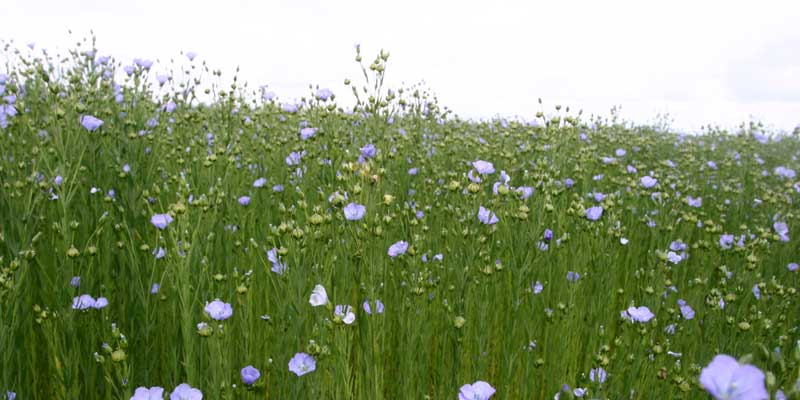

![]()
Archeology has unearthed the remains of fabrics and yarns dating of the Neolithic period. In Egypt In addition to the mummies artefacts were found dating back to 6000 BC . The Romans and the Phoenicians have left historical traces of how they worked it. In medieval times trade flourished particularly in Genoa and Venice, in France Louis V ° promoted the development of Valenciennes lace, Henry IV with the canvas view of Cambrai and Batiste, Bruges as the venue for the Hanseatic League with Futaine (chain and linen weft in wool). In 1810 Philippe De Girard invented the first mechanical device for spinning flax.
Flax (Linum usatissimum) and a Liberian fiber (derived from the book of the plant) is an annual plant cultivated for the fiber to the suit.